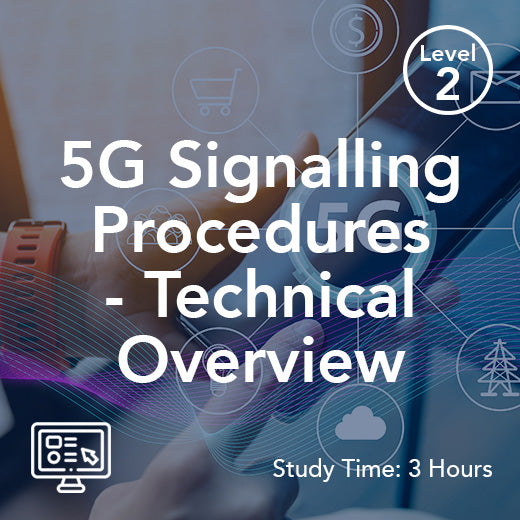Khz Kilohertz
- , by Stephanie Burrell
- 2 min reading time
Telekomünikasyonun karmaşık dünyasına daldığınızda, sıklıkla "kHz" veya kilohertz terimiyle karşılaşırsınız. Bu frekans ölçüm birimi, sinyallerin iletiminde, cihazların işleyişinde ve iletişim teknolojisinin genel görünümünde önemli bir rol oynar. Telekomünikasyon sektörünün zengin bir geçmişe sahip olduğu ve hızla gelişmeye devam ettiği Birleşik Krallık'ta, kilohertz'in önemini anlamak, bu alanın inceliklerini kavramak için temel önem taşır.
Kilohertz, kHz olarak kısaltılır ve bin hertz'e eşit bir frekans birimini temsil eder. Daha basit bir ifadeyle, bir dalga veya sinyaldeki saniye başına döngü sayısını ifade eder. Bu ölçüm, elektromanyetik dalgaların frekansının veri, ses ve diğer iletişim biçimlerinin iletimi için mevcut bant genişliğini belirlediği telekomünikasyon alanında özellikle önemlidir.
Birleşik Krallık telekomünikasyon sektörü bağlamında, kilohertz çeşitli uygulamalarda önemli bir rol oynar. Örneğin, radyo yayıncılığında, paraziti önlemek ve net bir yayın alımı sağlamak için farklı istasyonlara kilohertz cinsinden ölçülen belirli frekans bantları tahsis edilir. AM (genlik modülasyonu) ve FM (frekans modülasyonu) radyo istasyonları, belirlenmiş kHz aralıklarında çalışarak dinleyicilerin tercih ettikleri kanalları hassasiyetle dinlemelerine olanak tanır.
Ayrıca, mobil iletişim alanında kilohertz, hücresel ağların kapasitesini ve verimliliğini belirleyen önemli bir parametredir. Farklı şebeke operatörlerine belirli kHz bantlarının tahsis edilmesi, spektrum kaynaklarını belirler ve Birleşik Krallık genelindeki tüketicilere sunulan hizmet kalitesini, veri hızlarını ve kapsama alanlarını etkiler.
Telekomünikasyon teknolojisinin evrimi, kilohertz'in öneminin dijital iletişim sistemlerine de yayılmasını sağlamıştır. IP üzerinden ses (VoIP) hizmetlerinden internet telefonculuğuna ve dijital yayıncılığa kadar, kHz bant genişliklerinin tahsisi, işletmeler ve bireyler için kesintisiz bağlantı, yüksek kaliteli görsel-işitsel iletim ve verimli veri aktarımı sağlamada kritik öneme sahiptir.
Birleşik Krallık'ta Ofcom gibi düzenleyici kurumlar, telekomünikasyon sektöründe kilohertz frekanslarının tahsisi ve yönetiminin denetlenmesinde önemli bir rol oynamaktadır. Bu kurumlar, yönergeler, lisanslama gereklilikleri ve spektrum açık artırma mekanizmaları belirleyerek, operatörlerin tüketicilerin artan taleplerini karşılamak için kHz kaynaklarını etkili bir şekilde kullanabilecekleri adil ve rekabetçi bir ortamın korunmasına yardımcı olmaktadır.
Birleşik Krallık'ta daha hızlı ve daha güvenilir telekomünikasyon hizmetlerine olan talep artmaya devam ettikçe, kilohertz'in bağlantının geleceğini şekillendirmedeki rolü daha da belirginleşiyor. 5G teknolojisi, IoT (Nesnelerin İnterneti) uygulamaları ve akıllı şehir girişimlerinin ortaya çıkmasıyla birlikte, çeşitli sektörlerde kesintisiz iletişim, veri alışverişi ve teknolojik inovasyonu mümkün kılmada verimli kHz kullanımına duyulan ihtiyaç büyük önem kazanıyor.
Sonuç olarak, kilohertz, Birleşik Krallık'taki telekomünikasyon sistemlerinin işleyişini destekleyen temel bir frekans ölçüm birimidir. Radyo yayıncılığından mobil ağlara, dijital iletişime ve ötesine kadar, kHz bant genişliklerinin tahsisi ve yönetimi, bağlantı ortamını şekillendirmede ve ülkedeki teknolojik ilerlemeleri yönlendirmede önemli bir rol oynamaktadır. Kilohertz'in önemini ve telekomünikasyon sektörü üzerindeki etkilerini anlayan bireyler ve işletmeler, modern iletişim sistemlerinin karmaşıklıklarını daha iyi kavrayarak ve frekansın Birleşik Krallık'ın bağlantıda kalmasındaki rolünü daha iyi anlayarak aşabilirler.

































